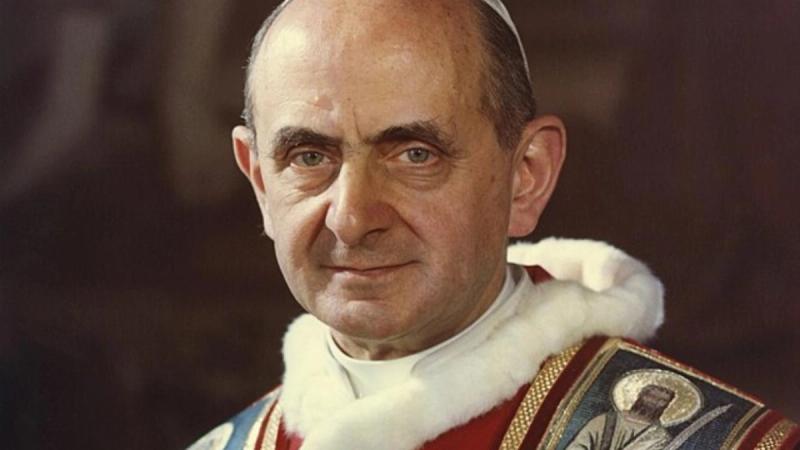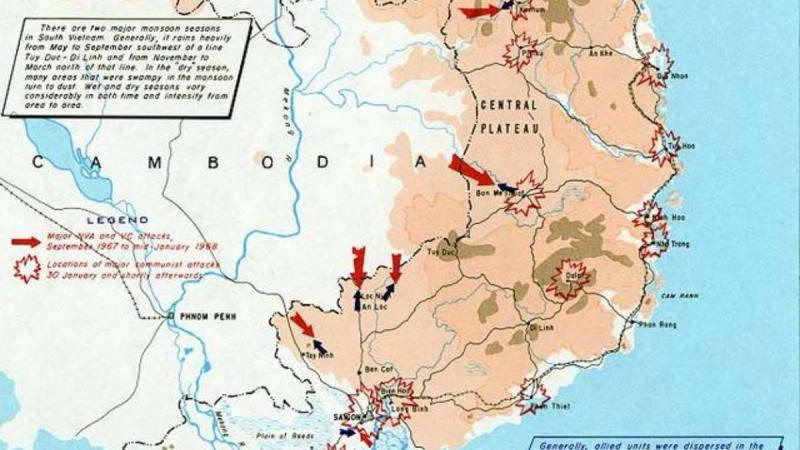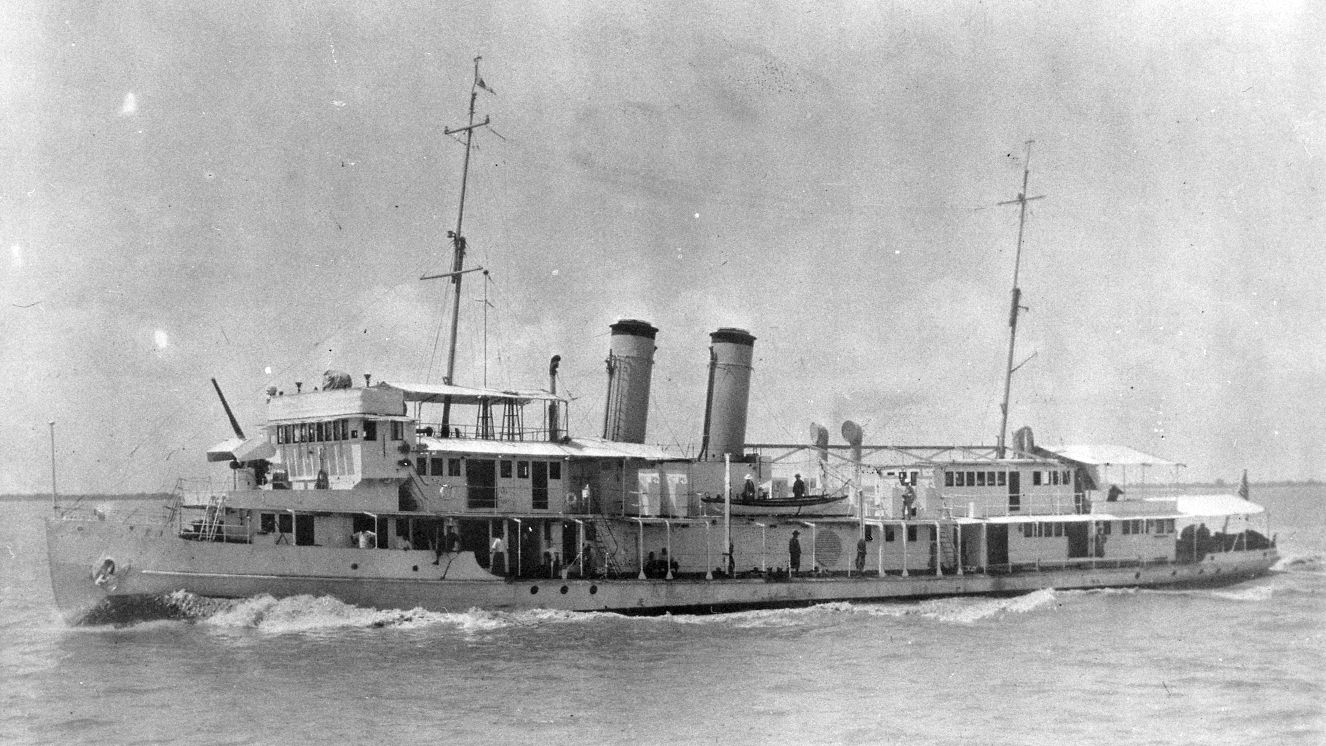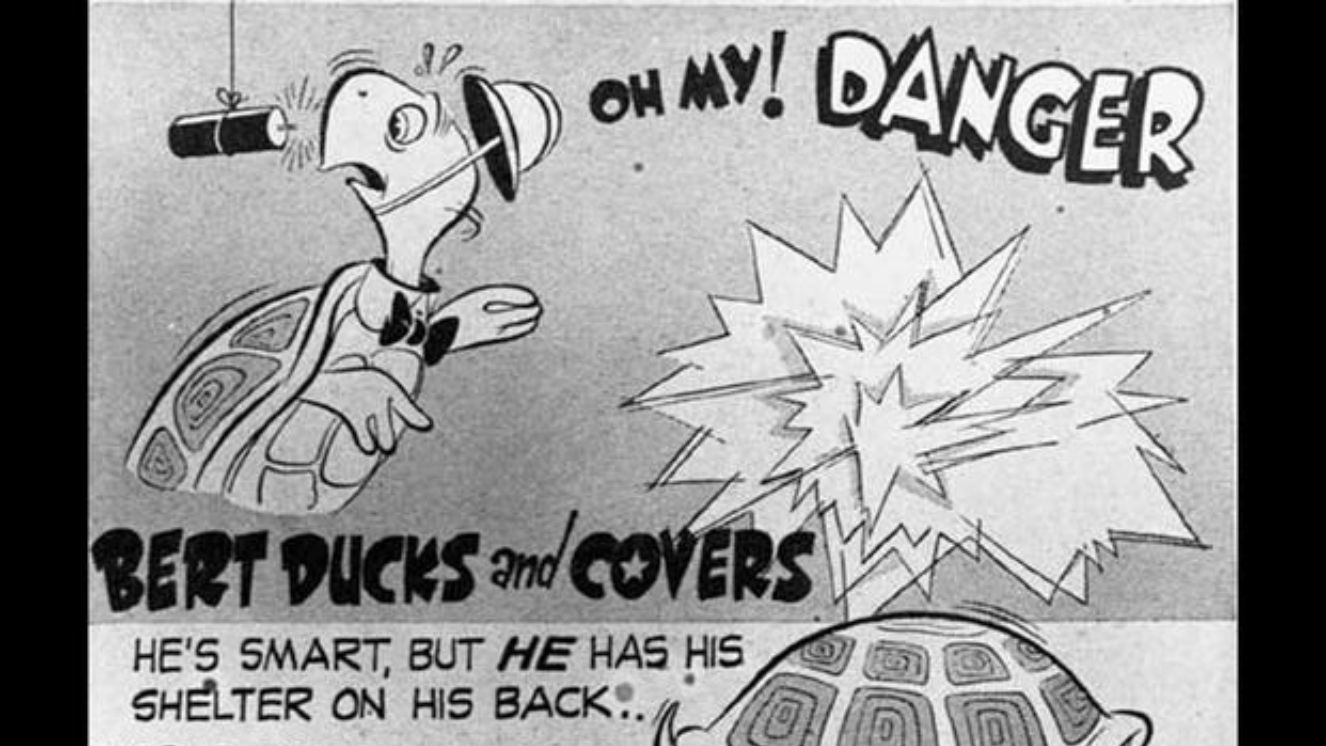NEW YEAR'S DAY BATTLE 1968: CEASEFIRE COLLAPSE

During some wars, fighting sides have come together in the spirit of various holidays to temporarily enjoy a truce from fighting. There have been soccer games, songs sung, and ceasefires showing that even in hell, there is humanity. However, Vietnam was different. Even with the urging of major religious leaders asking for both sides to enjoy ceasefires during holiday events, peace would not be found. Such is the case with the New Year's Day battle of 1968, where American GIs would defend assaulting People's Army of Vietnam (PAVN) forces during a time that should have been focused on celebration.
Fire Support Base Role in New Year's Day Battle 1968
The New Year's Day battle of 1968 was an attack from PAVN that came during what was supposed to be a ceasefire during the holiday.
On January 1, 1968, the U.S. 25th Infantry Division along with some of the 22nd Infantry Regiment were defending Fire Support Base (FSB) Burt which was in a strategic location near Black Virgin Mountain (Nui Ba Den) and the junction of Highways 244 and 246.
Also known as the Battle of Fire Support Base Burt, defending the location was key for troops, as the FSB provided a place for them to gather safely, as well as defend critical LZs or landing zones.
All of these factors combined plus the installation's proximity near the Ho Chi Minh Trail meant finding peace during the Vietnam War was always going to be virtually impossible.
Still, there was hope that New Year celebrations could inspire both sides to find a more peaceful resolution, even if just for a couple of days.

Pope Paul VI Calls for Ceasefires
To understand why the Battle of FSB Burt was inevitable, it’s important to note that this was not the first time a ceasefire had been attempted. Specifically, Pope Paul VI had tried during multiple holidays for the two sides to take a break:
- Pope Paul VI wrote to President Lyndon B. Johnson earlier in 1967, calling for a ceasefire during the Lunar New Year that never came to be.
- Once again, Pope Paul VI asked for a ceasefire during the holiday season, particularly, the New Year.
The sides would agree to a 36-hour ceasefire; however, the military remained skeptical and with good reason.
Shortly before all of this, a ceasefire during Christmas was supposed to also have a ceasefire but Soldiers in the 22nd Infantry were indeed attacked during the holiday period.
Outbreak of New Year's Day Battle 1968: Ceasefire Collapse
At first, there was a glimmer of hope that the ceasefire would work out; however, it didn’t last long.
Light fighting began on New Year’s Eve near the base and by the next evening, the base was being shot at and hit with mortar fire.
Only six hours later and the ceasefire would have been over, yet FSB found itself back at war.
The New Year’s Day battle of 1968, like most of Vietnam, was an ugly example of war, featuring hand-to-hand combat as Communist fighters found their way into the base on multiple occasions.
Hours before, the LZ had brought troops Christmas packages from their families. Now, they were fighting waves of thousands of fighters looking to take over the installation.
When it was all said and done, there were 23 dead Americans and just under 350 Communist fighters killed as a result.
Thanks to air support from attack helicopters and AC-47 Spooky gunships, America was able to retain FSB Burt.

Aftermath and Impact of New Year's Day Battle 1968
The aftermath of the conflict would help set up the Tet Offensive at the end of the same month; however, not many Americans learned of the battle right after it happened.
When it was reported, Americans learned about the victory but it didn’t have the effect you might think.
Despite being an American win, along with the Tet Offensive, the New Year's Day battle of 1968 showed that the North Vietnamese and Viet Cong could attack in numbers across South Vietnam, and the American public didn’t like those optics.
Many people look to this as a turning point for the war as the public was more against the war than ever. Ultimately, the American troops would leave Vietnam as a result.
Veteran Oliver Stone served in the New Year's Day battle of 1968 and used it as inspiration for the final battle in his legendary military film Platoon. The scene has been praised for its realism in depicting the fight on the big screen.
America won the battle but lost public support in a violent display of standing one’s ground. Even the Pope couldn’t stop the New Year's Day battle of 1968, which was anything but a holiday for anyone involved.
Suggested reads:
BY BUDDY BLOUIN
Buddy Blouin is a Contributing Writer at VeteranLife.com
Buddy Blouin is a Contributing Writer at VeteranLife.com



